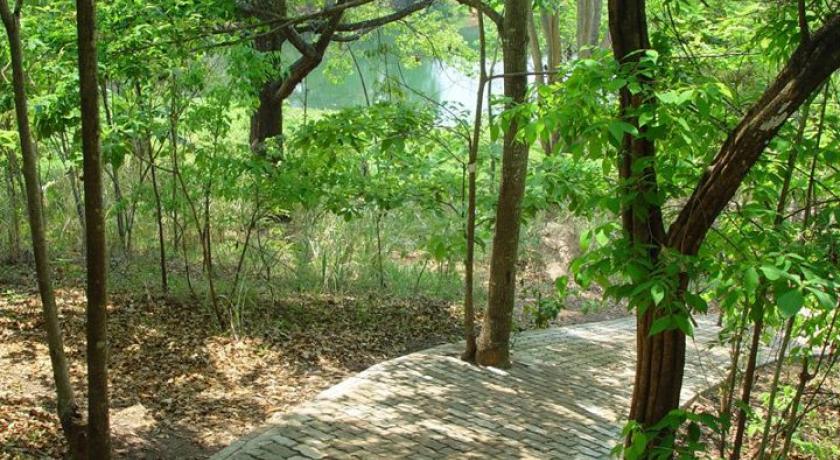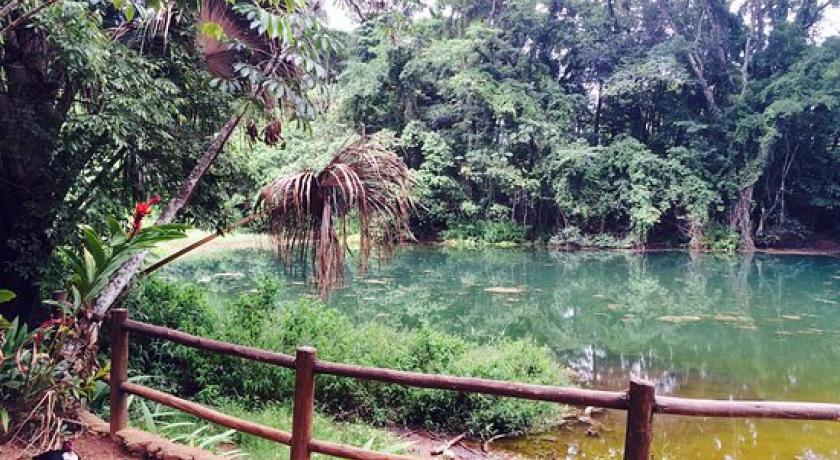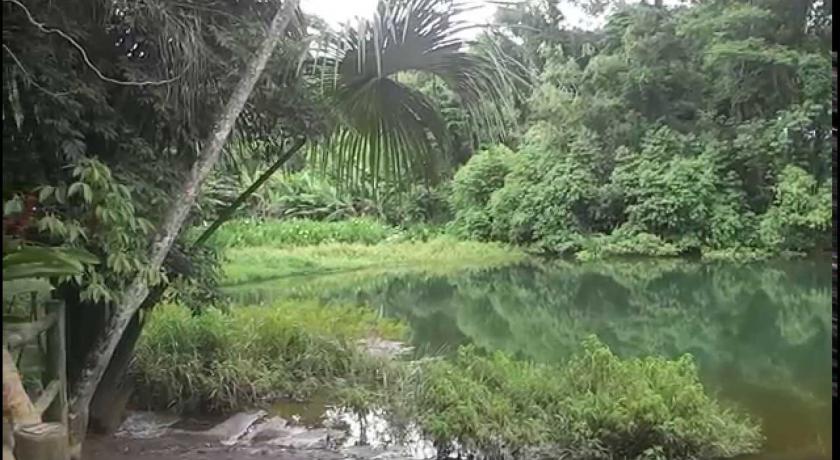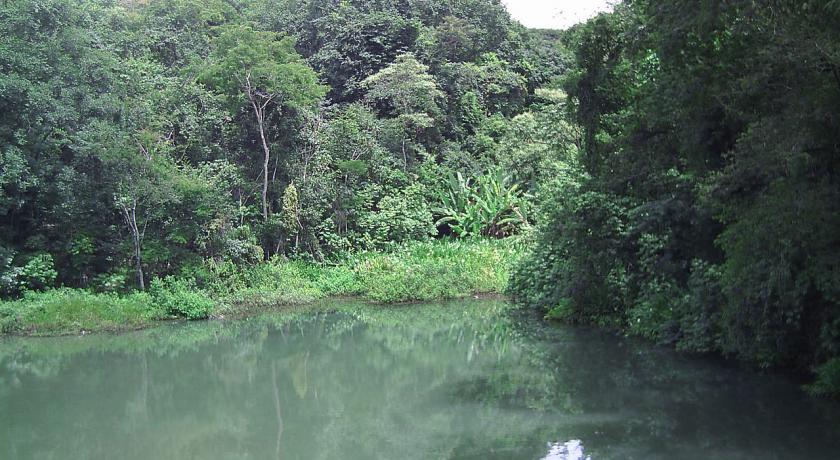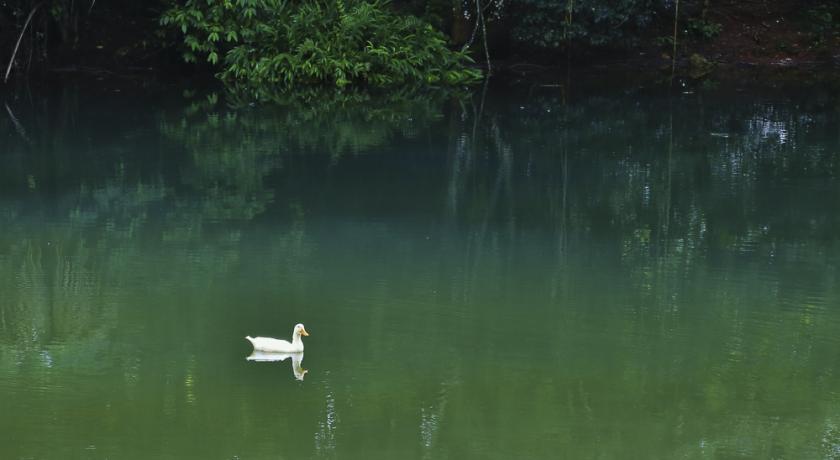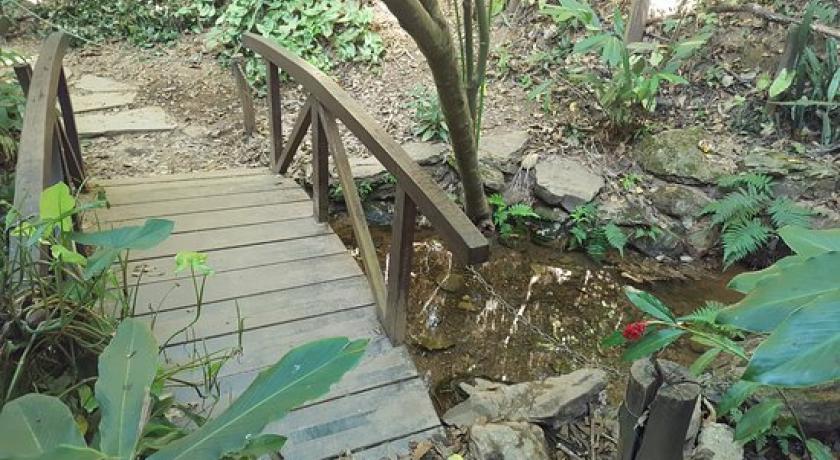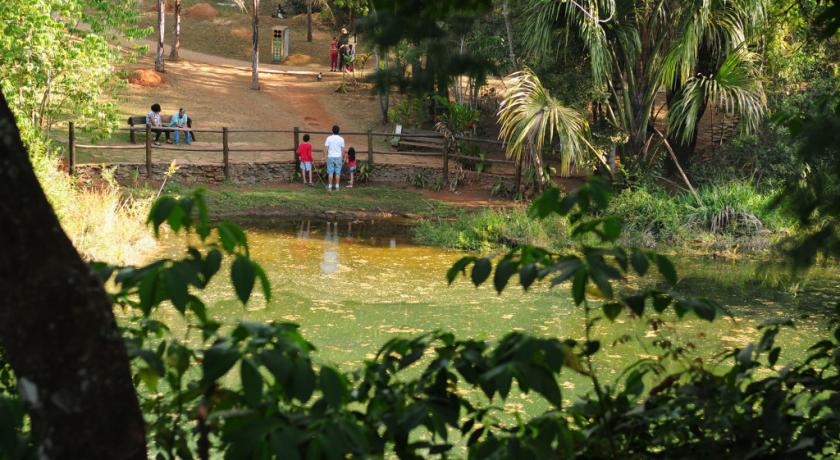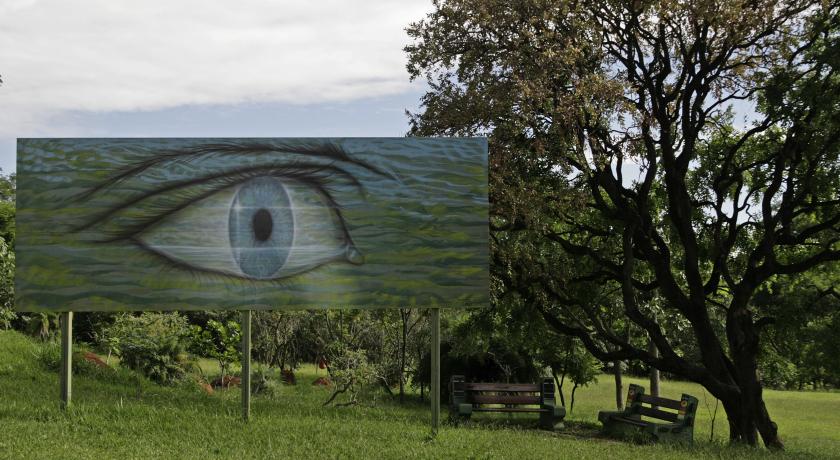Description
The Olhos D'Agua and Olhos D'Agua Multi-purpose Park is a public , ecological and leisure park in Brazil,located in the center of the Federal District , in the administrative region of Brasilia and has 21 hectares
History
Between blocks 412/415 north , the park was inaugurated in 1994 , occupying areas of ancient invasions, and the Federal District Government invested about R $ 700 thousand to urbanize and protect the area.
Structure
The park has a 2km jogging track, a children's playground, physical exercise circuit, as well as an internal trail, is visited by the community of Asa Norte and surroundings daily. The park is supervised by police officers of the Forest Battalion of the Federal Military Police. The park is subordinated to the Department of Environment and Water Resources of the Federal District . The opening hours are from 6 am to 7 pm. For this, it is surrounded throughout its boundary and have security guards working on the premises 24 hours. There is a wooden kiosk where events take place, such as presentation of musical sets, stretching exercises for seniors, Tai Chi Chuan, exhibitions, etc.
Located inside the park, the lake is the result of a spring that is in the place. The lake has a wide variety of animals, including turtles, such as the Asian tiger, and fish like the tilapia . The name Lagoa do Sapo comes from the denomination of an old Sociedade Amigos do Parque Olhos D'Água (SAPO).
Enlargement
In 2011, an area of 7 hectares located in Entrequadra 212/213 Norte, in which it has a large green area and possibly the source of the creeks inside the park, received the proposal for the construction of a mall that would be called Shopping Olhos D 'Water . However, after demonstrations by residents of nearby blocks, that area was coupled to the park.
Biodiversity
Flora
The typical vegetation of the region, the Cerrado , is preserved in the park, some species are identified by small plates. But one can still see remnants of species of the former occupation, which were small farms, such as banana trees, mango trees, fig trees and others.
Among the natives is the angico, Parapiptadenia rigida, perhaps the most numerous native species in the park. Also appear the rare and interesting creepers "Papo de Peru", Aristolochia gigantea mainly along the bridge over the creek closest to the Frog Pond. They bloom and exude a smell of rotten flesh, which attracts insects that are digested by the plant. There are other varieties of Aristolochia elsewhere, which are pruned regularly by officials, who probably do not understand its importance and classify them as weeds. It also has a small talvegue river (river with high banks), which is cut by two small bridges along the park.
Fauna
The fauna is quite diverse, especially in birds and insects. The creek is populated by Astianax, Xiphophorus and Poecilia, as well as chelonians (turtles). Among the mammals, were observed Didelfídeos (possums) and Cavídeos (preás) these in the thickets of an invader very common in Brazil, the grass fat, Melinis minutiflora .
Introduction of non-native species
One of the biggest problems of the park, which is deserving a campaign, is the mania of the brasilienses of looseness in the place of exotic species, that, finding an empty ecological niche, come to dominate the native species. It is the unfortunate case of the Asian tiger water turtles, which exist in large numbers in the Sapo Pond, where they are also expanding domestic ducks and tilapia. Many take bread to give to these animals, which ends up attracting an enormous amount of rats and rats.
One can also notice non-native plants still present from the ancient invasions of the area.
In 2013, a couple of rabbits were released in the new area of the park and began to reproduce until they reached approximately 40 pups, which were later removed by environmental technicians
Source: https://pt.wikipedia.org/wiki/Parque_Olhos_D'Água
Address
Brasilia
Brazil
Lat: -15.743339539 - Lng: -47.885070801


